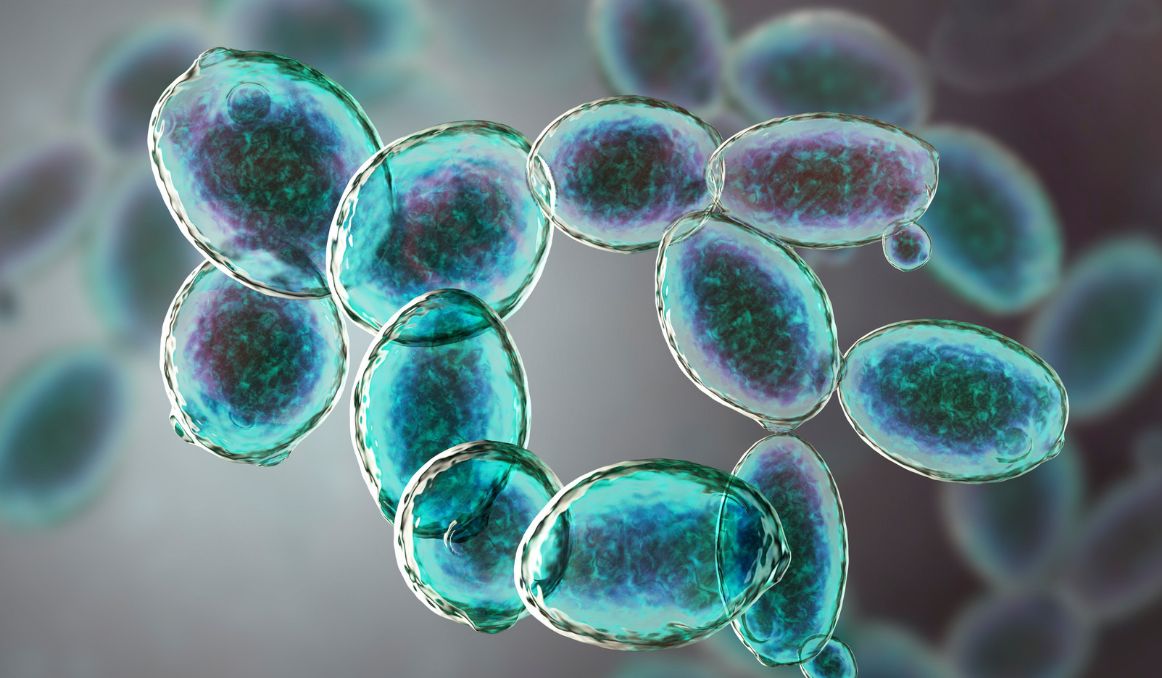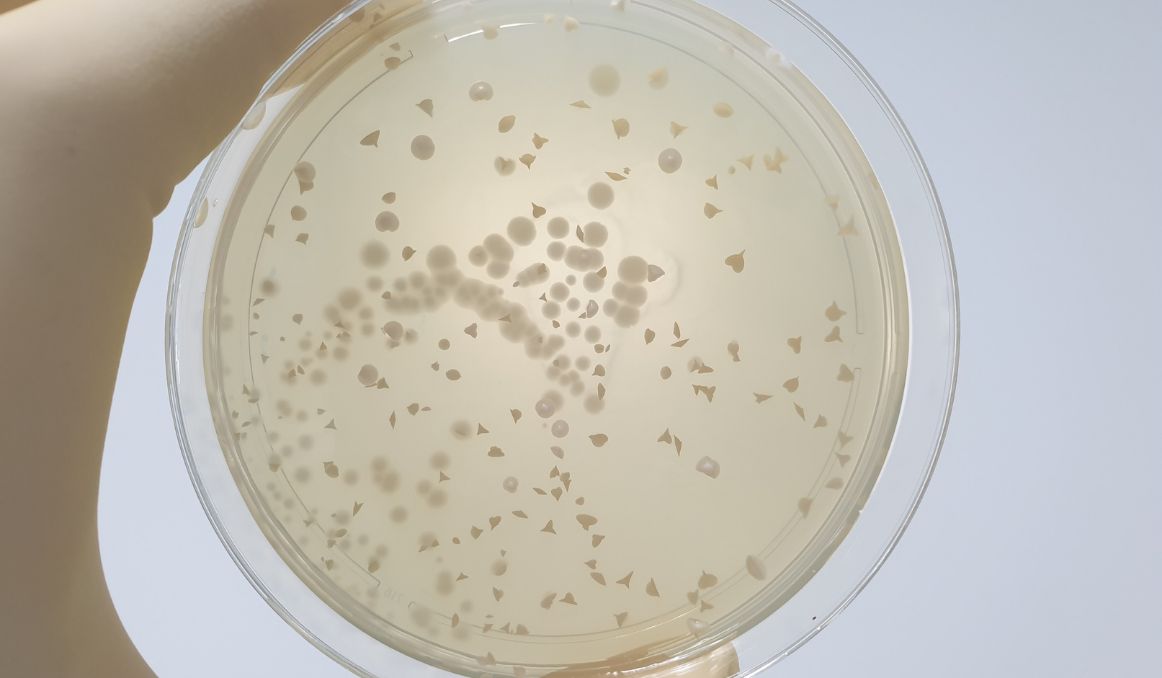Are Yeast Cells Eukaryotic or Prokaryotic? Your FYI Guide
Many of us learned about eukaryotic and prokaryotic cells in high school. Maybe if we studied biology in college, we got another brief overview of the cell systems of living organisms and the difference between those two kinds. But now, brewing beer, that lesson seems far off and away from where we are today.
So, if you’ve been wondering if yeast cells are eukaryotic or prokaryotic, and you’re looking to brush up on exactly what that means, and what it has to do with the production of beer, buckle up. We’ve got answers for you.
The Cell System
To bring it all the way back to basic biology, a cell is the smallest unit that can live on its own. All living things are made up of cells. A cell has three main parts: the cell membrane – which surrounds the cell and controls what comes in and goes out of the cell; the nucleus – the structure inside the cell that contains the cell’s DNA and where RNA is made; and the cytoplasm – which is the fluid inside the cell that contains tiny cell parts that include mitochondria.
For reference, the human body has more than 30 trillion cells, and those cells are eukaryotic.
Yeast is made up of a single cell, and it is also eukaryotic.
Eukaryotic cells are the building blocks of life.

Eukaryotes versus Prokaryotes
The difference between eukaryotes and prokaryotes is in their complexity.
A prokaryotic cell is primitive. It lacks its own distinct nucleus and internal membranes. The best-known prokaryotes are bacteria. They do not have mitochondria, the primary power structure in eukaryotes, which is why prokaryotes remain so simple.
The current theory is that mitochondria were first prokaryotic cells that had been engulfed by other cells, forming an endosymbiotic relationship.
Eukaryotes are what make up all complex life forms. Animals, plants, fungi, algae, and protozoans are just some examples of eukaryotes.
All of life is made up of prokaryotes and eukaryotes, and eukaryotes were once prokaryotes that evolved to be more complex and function more highly.
Eukaryotes, as a result, have much more complex DNA.
Yeast Cells Are Eukaryotes and Fungi
Yep. You read that right. Yeast are fungi. We now have studies that show evidence of 1 billion-year-old microscopic fungi. It is the oldest form of life on earth, and, surprise, yeast belong to the fungi family.
Yeast are fungi that grow as solitary cells that reproduce by budding, or mitosis, which is asexual reproduction. However, under stressful conditions, they can reproduce by sexual reproduction and produce spores.
The difference under a microscope is simple: budding looks like a small growth, referred to as a daughter cell, which grows on the mother cell and then detaches. The formation of spores, on the other hand, typically involves the fusion of two nuclei brought together when two cells unite.
What Yeast Do in Beer
Which all explains the power of yeast in beer. They are magical little single celled organisms that have been fermenting long before brewers even knew what was happening.
Because, like all life forms, yeast need food to survive, they are attracted to the sugars in the barley or wheat water (commonly known as wort) left out by brewers.
The yeast would quickly get to work consuming all the sugar in a batch of wort and converting that sugar to alcohol, carbon dioxide, and other proteins and nutrients that create the wonderful flavors and aromas we associate with beer.
But wait. There’s more!
Once the beer has completed fermentation, one of three things will happen to the yeast:
Some will die, ending up lying on the bottom of the fermentation tank.
Others will flocculate, lying dormant and clumped together, also typically falling to the bottom of the vessel due to their combined weight.
Still others will keep alert, suspended in the liquid, excited to consume any additional sugars they may find, or you might introduce.
Hazy Beer and Yeast

Those suspended yeast are typically responsible for the haze you will find in wheat beers like hefeweizen and hazy IPAs. Remember, for centuries, most beer was hazy. It is these older strains that tend to stick around and make the beer hazy, or turbid.
Today, however, most brewers are trying desperately to achieve consistent clarity in their beers, so they select the strains that will clump together and can be strained out and used in another batch.
Live & Vital Yeast
Remember that in brewer’s yeast, you are looking for three important factors, and you can measure for them with the proper equipment.
You want your yeast alive and in good shape.
Yeast viability
It may seem like a no-brainer, but dead yeast won’t ferment your beer. A batch of yeast with mostly dead yeast can cause stuck and stagnated fermentation, making more work for your yeast, and stressing them out, ultimately resulting in off flavors.
A viability measurement will tell you how many of the cells in your batch of yeast are alive.
Yeast vitality
Vitality, on the other hand, will tell you how many of those alive, viable cells are active. You can have alive cells that are slow and sluggish, which can also result in stuck fermentation. You not only want viable cells, but you also want them to be active and excited to get to fermenting. Otherwise, you may end up having to re-pitch yeast in your batch or blend with another batch. Both of those options can result in a perfectly good beer, but you still want to save yourself time and money if you can.
In the end, yeast cells are eukaryotic cells that are complex and fascinating to understand, and the ones that are both viable and vital can make an excellent beer for your loyal fans!
Cheers!
Passionate about the beer and/or wine making process? So are we! If you’re interested in finding out how you can use our technology to control fermentation and monitor your yeast, save work hours and improve the cost-efficiency of your business, drop us a line at [email protected] or check out our product pages:
- Oculyze BB 2.0 (Better Brewing) Yeast Cell Counter App + Hardware
- Oculyze FW (Fermentation Wine) Yeast Cell Counter App + Hardware
Also, you can now get access to a fully functional demo account to test our Web App. Completely free of charge and with no commitment to purchase.
Sources:
- Michael R. McGinnis and Stephen K. Tyring, Introduction to Mycology, Medical Microbiology. 4th edition
- https://www.technologynetworks.com/cell-science/articles/prokaryotes-vs-eukaryotes-what-are-the-key-differences-336095
- https://www.cancer.gov/publications/dictionaries/cancer-terms/def/cell
- https://www.healio.com/hematology-oncology/learn-genomics/genomics-primer/what-are-eukaryotic-cells
- https://www.yourgenome.org/stories/using-yeast-in-biology


